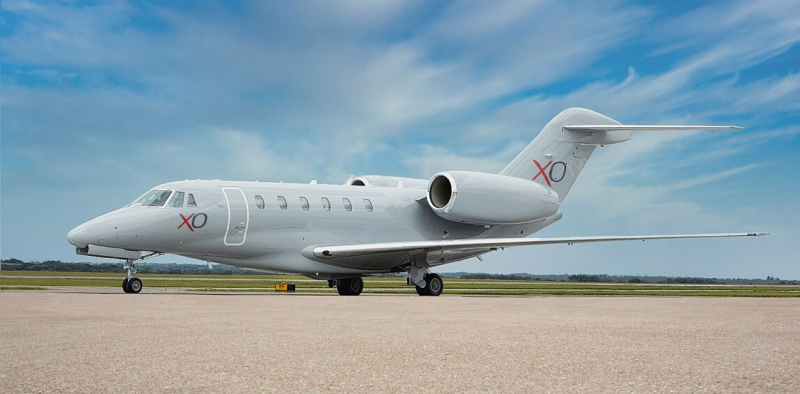
Credit: XO
XO, a global private jet travel provider based in Fort Lauderdale, Florida, has been investing in artificial intelligence (AI) to maximize its process and practices to make transportation more accessible to a larger group of customers. Its practices represent how much the industry has changed over...
Subscription Required
This content requires a subscription to one of the Aviation Week Intelligence Network (AWIN) bundles.
Schedule a demo today to find out how you can access this content and similar content related to your area of the global aviation industry.
Already an AWIN subscriber? Login
Did you know? Aviation Week has won top honors multiple times in the Jesse H. Neal National Business Journalism Awards, the business-to-business media equivalent of the Pulitzer Prizes.

